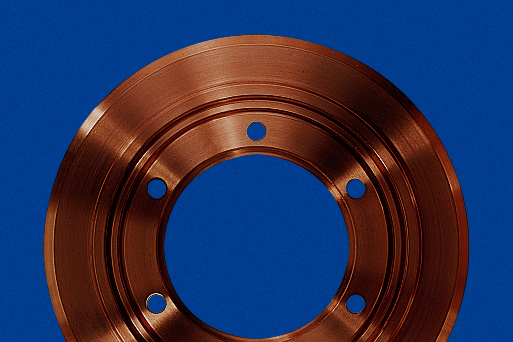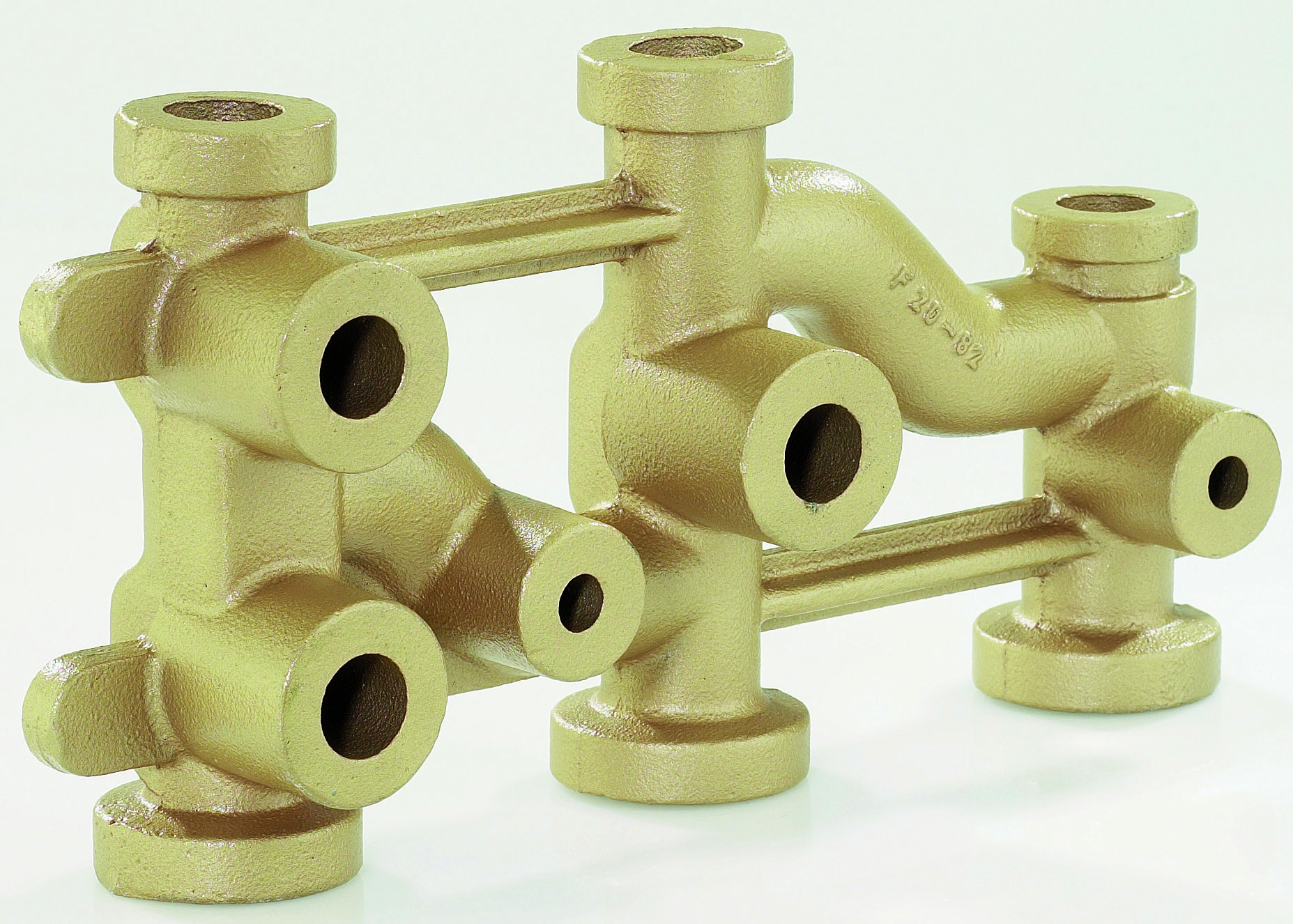Historically, bronze is a collective term for a variety of copper alloys. In a technical sense, the use of the term bronze is precise only for copper-tin alloys (CuSn). It was copper-tin alloys that gave the Bronze Age its name.
Bronze is an alloy of the metals copper (Cu) and tin (Sn). Depending on how they are processed, wrought and cast alloys can be distinguished. Wrought alloys are suitable for hot and cold forming by rolling, pressing and drawing processes; in addition to copper, they contain up to 8.5 percent tin. Cast alloys usually have a tin content of between nine and twelve percent. Wrought alloys with tin contents of up to 17 percent, which are produced by spray compacting, are referred to as hyper tin bronzes. Bronzes with tin contents of 20 percent are known as bell bronzes.
Bronze is rarely used as a pure two-material alloy, but is instead provided with other alloy components and additives. This allows the material properties to be tailor-made. In wrought alloys, mainly phosphorus and zinc are added; in cast alloys, lead, nickel and iron are also important. Such alloys are also called multi-component bronzes.
While pure copper is relatively soft, bronze has a high strength and hardness due to the alloy component tin. In addition, bronze is very corrosion and wear resistant as well as sea water resistant. The conductivity for electricity and heat is good at low tin contents, although not as high as that of pure copper. As the tin content increases, the conductivity decreases, while strength and hardness increase. Bronze also offers good spring and sliding properties and has excellent fatigue strength.

